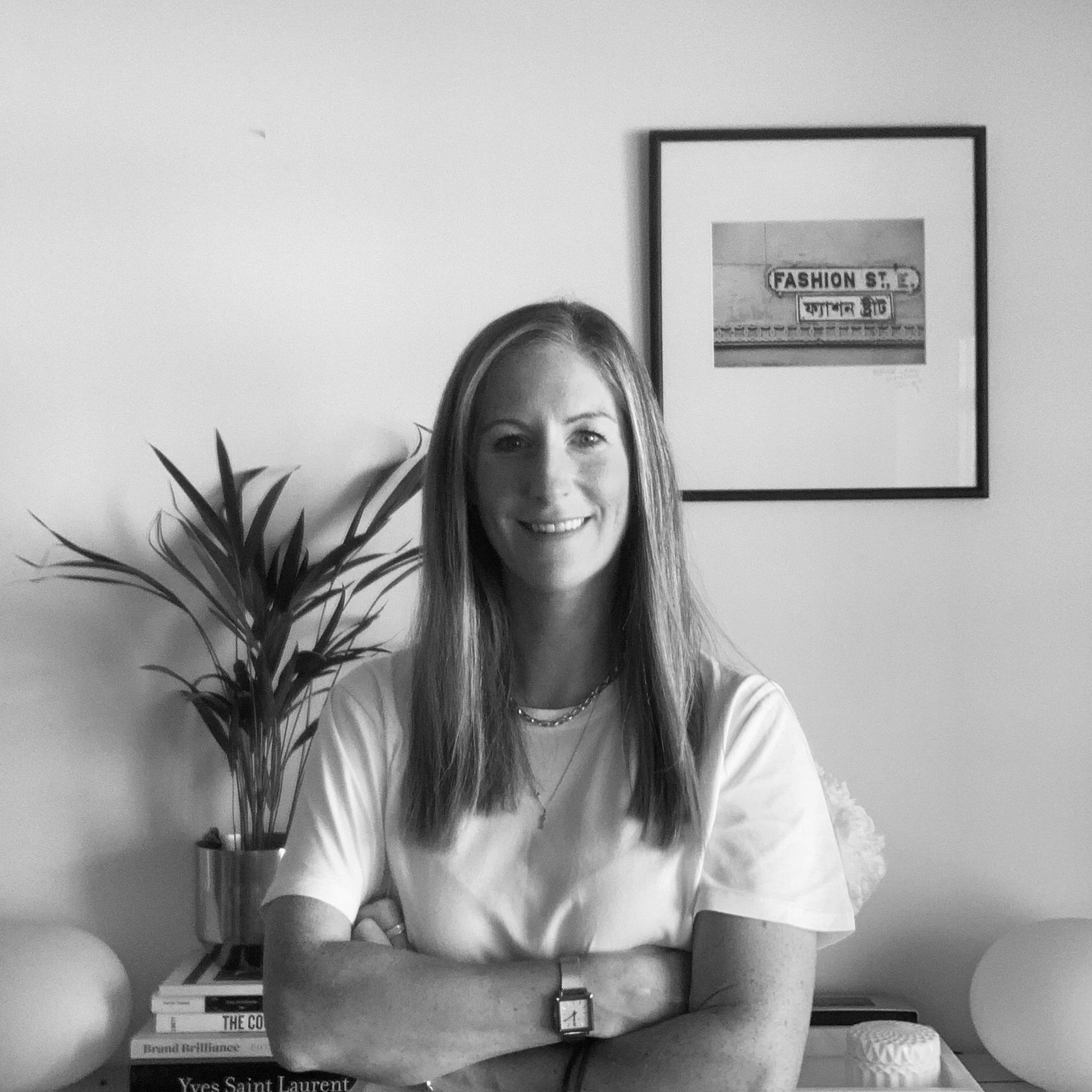Empowering fashion professionals to lead sustainable change
Through insight, education and action
Hi, I’m Lydia, a Sustainability Expert with over 20 years experience in the Fashion Industry, and I’m passionate about helping brands transition to a circular economy.
Enkel means 'simple' in Swedish, and my mission is to 'simplify' sustainability, and create tools so everyone to learn, and understand how to take action to transform the Fashion Industry and businesses of the future. I truly believe that those businesses which will thrive and survive in the long term, are those who adapt now and embrace the challenges which being a ‘sustainable’ business presents.
Change is challenging, but it’s also a huge opportunity for transformation and growth. I look forward to working with you to accelerate your journey to a more meaningful future.
Why does the fashion industry need to change?
The Fashion Industry is one of the most polluting industries in the world.
Estimates state that it accounts for nearly 10% of global carbon emissions, which is more than aviation and shipping combined.
Combine this with ‘post Covid’ and the pandemic of 2020, businesses are seeing the most unprecedented changes seen in recent decades.
That includes ‘sustainability’ - a relatively new term which is dominating the Fashion Industry and changing the fundamental business model which the industry has relied on for so long.
The new model is ‘Circularity’ - where products are designed and made to last, or even better, made to be remade. Transitioning to a circular economy means waste is minimised, and the social and environmental impact is reduced.
JOIN OUR GLOBAL COMMUNITY OF OVER 1,000 READERS FROM LEADING BRANDS
AS FEATURED IN




































